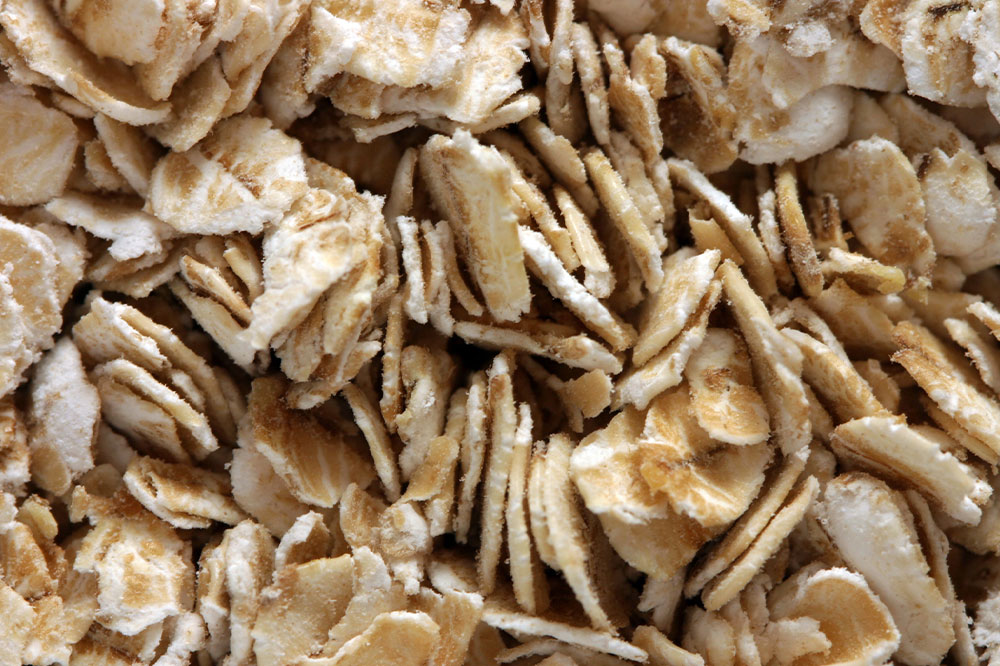Top 10 foods for managing GERD and EoE symptoms

Gastroesophageal reflux disease (GERD) and eosinophilic esophagitis (EoE) are common gastrointestinal disorders that have a significant impact on the daily lives of those affected. Both conditions affect the esophagus, causing discomfort. Here, management of symptoms often involves a few lifestyle changes, including nutrition-based modifications. But these simple changes can also prevent both conditions from worsening. So, this article explores a few foods that can help manage the discomfort associated with GERD and EoE.
Understanding GERD and EoE
Before discussing the best foods, it’s essential to understand the specific triggers and symptoms of each condition. Gastroesophageal reflux disease develops when stomach acid regularly flows back into the esophagus, leading to irritation and inflammation of the esophageal lining. Its common symptoms include heartburn, regurgitation, chest pain, and persistent cough. On the other hand, eosinophilic esophagitis is characterized by an allergic response in the esophagus, resulting in an excessive buildup of eosinophils, a type of white blood cell. This condition often presents with symptoms such as difficulty swallowing, food impaction, chest pain, and acid reflux-like symptoms.
Best foods
While avoiding trigger foods is crucial for managing GERD and EoE, it is equally important to choose foods that can help alleviate symptoms and promote esophageal health.







